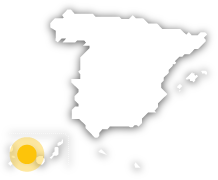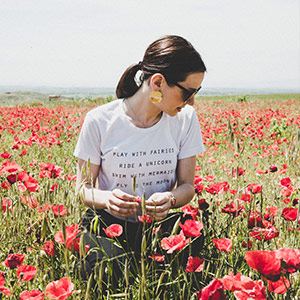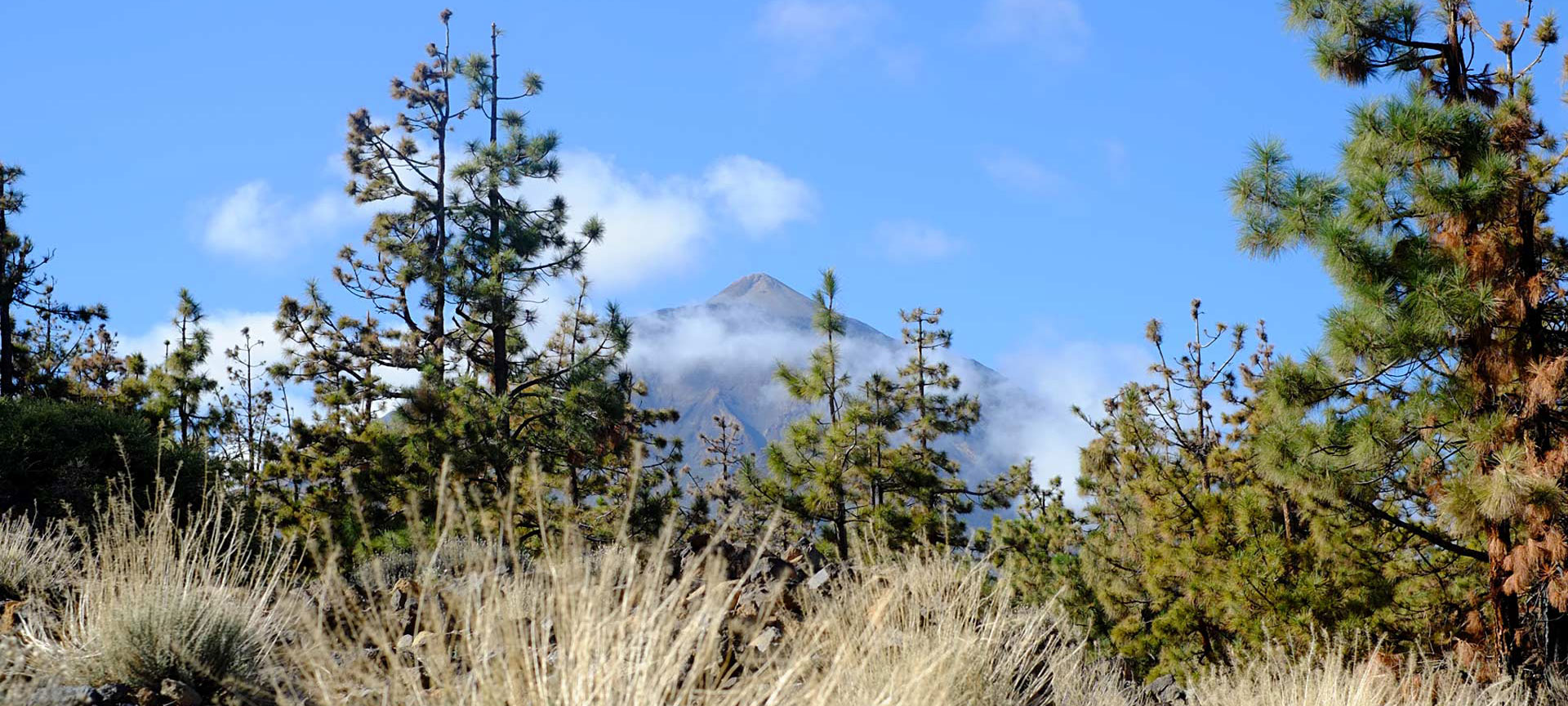
A route around the island through 9 of its most original landscapes
Tenerife is the largest of the Canary Islands and is full of contrasts. Discovering its volcanic nature means getting closer to unbelievable and very different landscapes.
Debe activar Javascript para poder utilizar este servicio
-
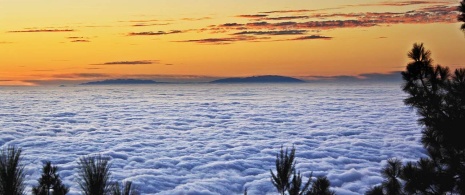
A sea of clouds
This striking phenomenon is very common on the island. It occurs because the mountains on the north side of the island stop the clouds that are pushed along by the wind at a height of between 600 and 1,800 metres. You will walk with a sea of clouds at your feet.
-
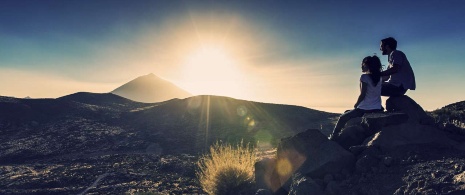
The Teide
This World Heritage Site is the most visited National Park in Europe, the third highest volcanic peak in the world and the highest point in Spain (3,718 metres). It can be climbed up on foot, in a cable car and you can also spend the night in a shelter (with prior permission).
-
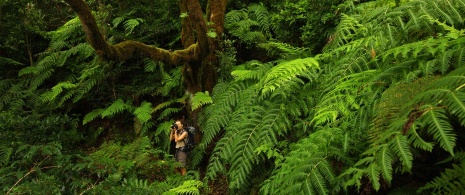
Laurisilva Forests
The largest ones are at the Anaga Rural Park and the Macizo de Teno. Huge green forests that stand out among the volcanic landscape. Do you know one of the reasons for all the vegetation? The unique phenomenon of horizontal rain is a result of the droplets from the sea of clouds.
-
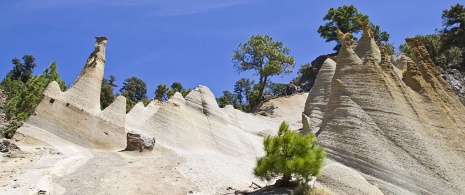
Luna landscape
You will see this if you take the PR-TF 72 path, which is part of the village of Vilaflor. It is a circular route spanning 13 kilometres with fairly uncommon landscapes. The route, which has mid-level difficulty, can be completed in four hours on foot and cannot be driven on.
-
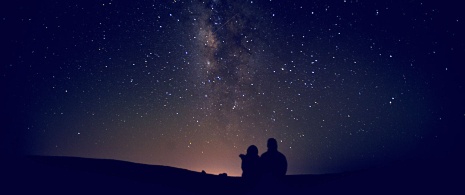
Clear sky
These are magical nights. Imagine yourself between a volcanic landscape and a sky full of stars. Many companies organise trips to observe the stars and take in the clear sky, which has been recognised by international astronomy associations. The best areas include the Teide National Park viewpoints, around the Parador Hotel and the Guajara and Izaña mountains.
-
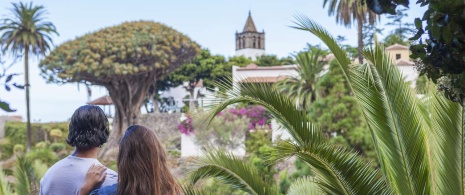
Dragon tree
Also known as the Drago de Icod, named after the place in which it is located. It is 16 metres high and its base is 20 metres in circumference, making it one of the icons of the Canary Islands.
-
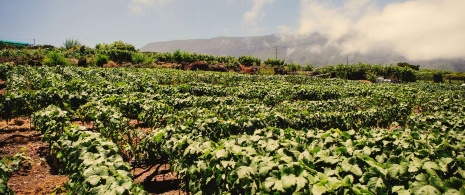
Vineyards at altitude
One of the highest vineyards in Europe is in the area around the Trevejo volcano, 1,200 metres high. You can taste the effect the altitude has on the vines at a wine tasting with Ycoden Daute Isora and Abonadesignations of origin.
-
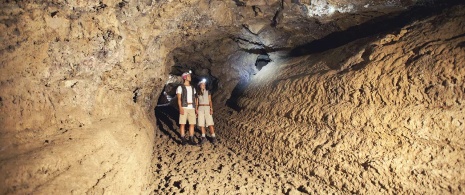
El Viento Cave
This is the longest volcanic tunnel in Europe at 17 kilometres long. Guided tours are organised to explore inside. Do you know how these galleries were formed? During a volcanic eruption, the surface of lava solidified when it came into contact with the air. Beneath this layer, the lava continued to flow until it was empty, therefore creating this underground landscape.
-
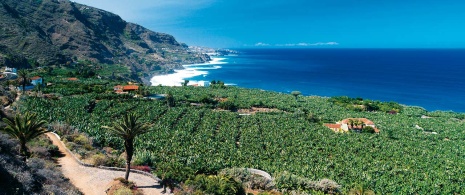
Terraces and banana trees
The terraces shape the landscape of the Orotava valley in the north and the Güimar valley in the south. There is an abundance of potato, papaya, avocado, sugar cane and especially bananas grown here. The latter is one of the most famous products on the islands.
Travel plans for inspiring you
